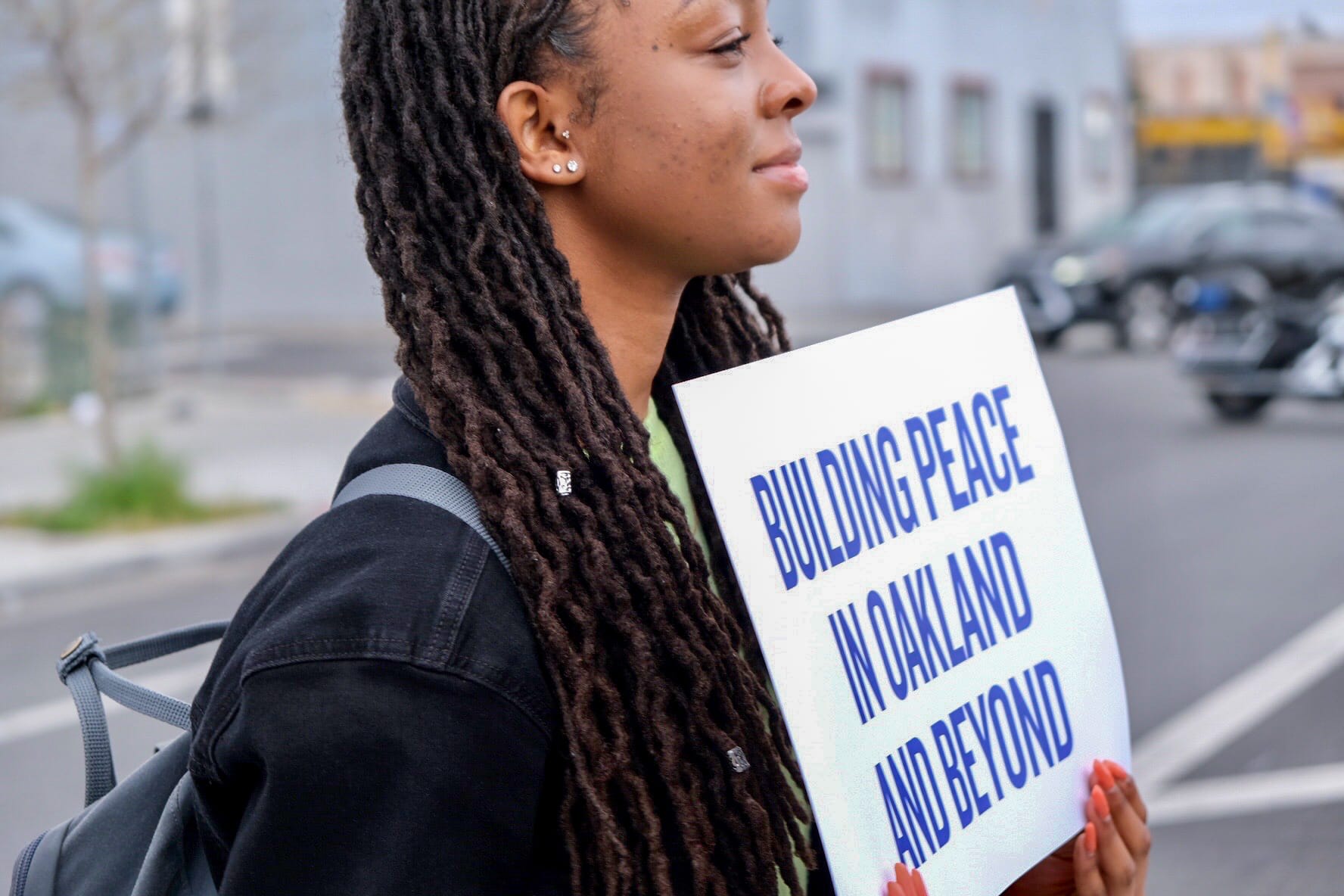
California Steps Up to Continue Funding Community Violence Prevention
COVID-19 has left every state in the nation with extremely difficult budget decisions. Only a handful of states currently make meaningful investments in community-based violence intervention and prevention, and this already scarce funding is in danger of being cut, jeopardizing the progress of programs like Oakland’s Ceasefire partnership, which helped cut annual shootings in half over just six years.
The program is one of over two dozen city- and community-led efforts to reduce violence across California that receive funding from the California Violence Intervention and Prevention (CalVIP) grant program. The state is a national leader in funding community-based violence prevention efforts that rely on targeting individuals at highest risk of violence rather than over-policing vulnerable communities and contributing to mass incarceration.
Street Outreach Workers Are on the Frontlines of Two Crises
In June 2019, California Governor Gavin Newsom signed a budget allocating an unprecedented $30 million for CalVIP. Last week, Governor Newsom protected the prior year’s investment and allocated an additional $9 million in competitive matching grants to CalVIP, demonstrating that the state is committed to funding community-based responses to gun violence.
California is one of a growing number of states, including Illinois, New Jersey, New York, Maryland, Virginia, and Washington plus the District of Columbia, prioritizing community-based intervention initiatives even as they face mounting budget shortfalls. Leaders in these states recognize the critical need to keep frontline street outreach workers on the job as they keep the peace and heal communities at the forefront of two public health crises: COVID-19 and gun violence.
While crime rates in some cities have decreased during the pandemic, in others, shootings and homicide rates continue to rise. Black and Brown communities disproportionately impacted by the virus and community violence also face the injustices of reduced access to healthcare and a legal system that consistently fails Black and Brown victims of violence.
Before this crisis hit, law enforcement agencies in cities across the nation were already unable to make an arrest in a majority of shootings involving victims of color. When police are not able or trusted to bring legal justice to mourning communities, a desperate and traumatized few may turn to vigilante retaliatory violence instead, contributing to rising crime rates.
The need for trusted violence prevention professionals is growing, as are the dangers they face when working to support their communities.
These trained professionals skillfully defuse potentially violent situations, help protect people at highest risk of violent injury, and disrupt cycles of retaliatory violence. Violence prevention professionals provide a range of direct and targeted support services including conflict mediation, case management, trauma-informed mentoring, cognitive behavioral therapy, employment training, and access to basic necessities.
The Success of CalVIP in California Communities
Programs funded by CalVIP are credited with reducing homicides by 34–79% and have helped make CalVIP a national model for violence prevention. A 2019 report by Giffords Law Center, A Case Study in Hope: Lessons From Oakland’s Remarkable Reduction in Gun Violence, shines a light on Oakland’s successful citywide gun violence reduction strategy.
In March, Giffords Law Center helped organize a series of events in Oakland with community activists, where we were joined by Steph Curry, Klay Thompson, and Coach Steve Kerr of the Golden State Warriors, to highlight Oakland’s success and advocate for continued funding of Oakland Ceasefire.
These investments are also critical to addressing murder inequality and related trauma. In California, violence has been the leading cause of death for young Black men and teens.
The parents of a Black teenager are as likely to lose a son to violence as nearly every other cause of death combined.
The creation and expansion of the CalVIP program has been our top legislative priority in California for the past several years. CalVIP-funded efforts are associated with significant reductions in gun violence over relatively short periods of time. From 2016 to 2018, California cities with a CalVIP-funded violence prevention program saw homicides decline nearly three times more than localities that did not receive CalVIP support.
In just over one year, community-based organizations and cities enrolled more than 7,900 new participants in violence prevention programs during the 2018 CalVIP grant cycle. These efforts helped California reduce gun homicides among Black men and boys by an impressive 21% between 2017 and 2018 alone.
States that have had the most success in reducing violence in recent years have made meaningful and sustained investments in community-based violence prevention programs. Leveraging these programs to reduce violence not only helps communities and saves lives—it’s also a smart economic move when considering the $229 billion annual cost of gun violence in the United States.
While states like California reaffirm their commitment to Black and Brown communities by increasing, maintaining, or creating new funding for community violence intervention and prevention programming, too few states make any such investment. As we, as a nation, reimagine our approach to public safety it’s critical that states invest in these community responses to violence.